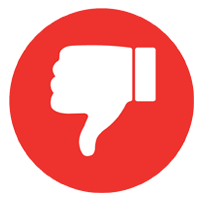A complete eye exam involves a series of tests designed to evaluate your vision and check for eye diseases. First and foremost, it doesn’t hurt. The doctor may use odd-looking instruments, aim bright lights directly at your eyes, and request that you look through a seemingly endless array of lenses. Each test evaluates a different aspect of your vision.
The eye exam usually begins with your doctor asking about your medical history and any vision problems you might be experiencing. Next, your eye doctor quickly checks your eyes using a light to ensure the exterior parts of your eyes are functioning correctly. Finally, your doctor measures your visual acuity, assesses your need for glasses, and examines your eyes for signs of disease. The doctor may also perform a retinal examination to examine the structures in the back of your eyes. Usually, before your doctor can see these structures, your pupils must be dilated with special eye drops.
In some cases, the doctor may recommend other- more specialized eye tests besides these common tests performed during a standard comprehensive eye exam. Often, such tests are performed by other eye doctors, such as retinal specialists, on a referral basis.










